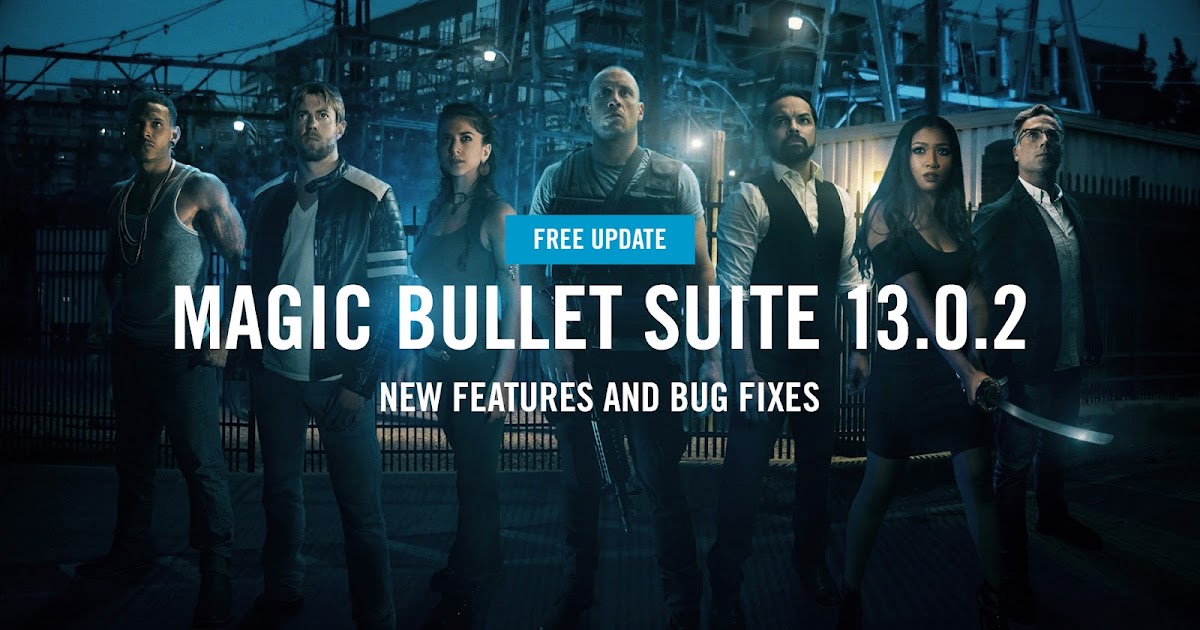

If you have CDL values from another system, you can enter them manually, or create a scripted workflow that transfers values to and from these sliders. You can edit them directly if you like, but you don’t have to-they are a mirror of the color wheels. These, along with the Saturation control, are the ten values that the CDL uses to communicate a grade. Twirl open the CDL section of Colorista Free and you’ll see nine sliders called Slope, Offset, and Power. It was created by the American Society of Cinematographers and is supported by nearly all high-end color grading systems.

Like an EDL, but for color corrections, the CDL is a method of sharing simple, primary grades between different systems. But by stripping it down to something simple, we enabled a feature that even Colorista II can’t boast: CDL compatibility.ĬDL stands for Color Decision List. It lacks a few features, most notably Power Masks. We joked internally that Colorista II was so powerful, we should just give the original Colorista away for free.Ĭolorista Free isn’t exactly the original Colorista. I pointed out to the team that Rebel CC continues to be a popular download from Prolost. Colorista II has been extremely popular, which warms my heart, because it means filmmakers everywhere are putting real care into their color correction work.īut I never lost sight of that original goal of creating a color corrector that everyone could use.

When we updated it to Colorista II, the goal expanded to packing as much color correction power as could possibly fit into one effect. Part of the goal of the original Colorista was to create a single, easy-to-use 3-way color corrector that would be consistent across multiple platforms.


 0 kommentar(er)
0 kommentar(er)
